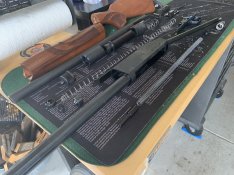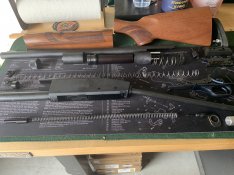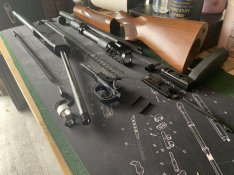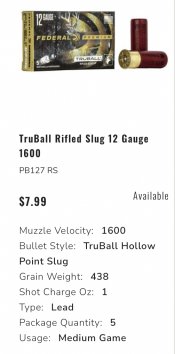dcurtis101
.22LR
This is a novice question but my searches didn't uncover any previous threads on the subject. If there are any please point me in the right direction.
Question: In reading I've come across concerns that "some" auto loaders have issues with light/low recoil loads. Should I have this concern with a 940? I have some Winchester 1/8oz. #7.5 shot AA "light target loads" but haven't tried them yet.
Also, it's not very clear to me what classifies a load as "light" or "low-recoil". If someone could elaborate on the differences I'd appreciate it.
Thanks in advance for your help!
Question: In reading I've come across concerns that "some" auto loaders have issues with light/low recoil loads. Should I have this concern with a 940? I have some Winchester 1/8oz. #7.5 shot AA "light target loads" but haven't tried them yet.
Also, it's not very clear to me what classifies a load as "light" or "low-recoil". If someone could elaborate on the differences I'd appreciate it.
Thanks in advance for your help!




